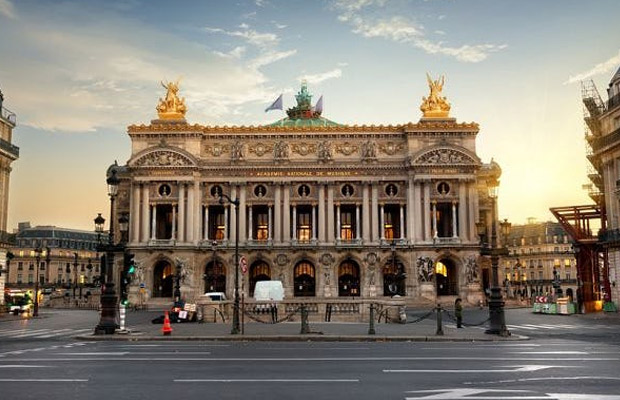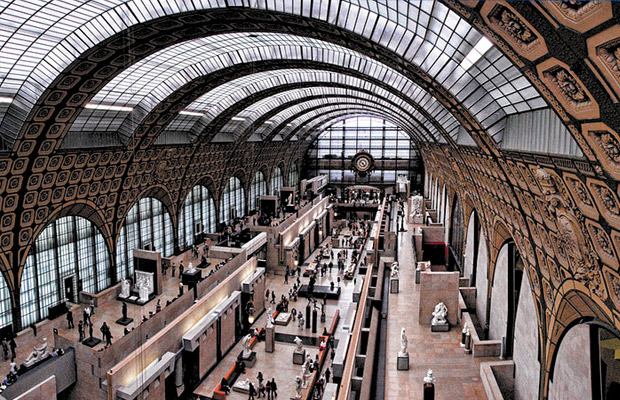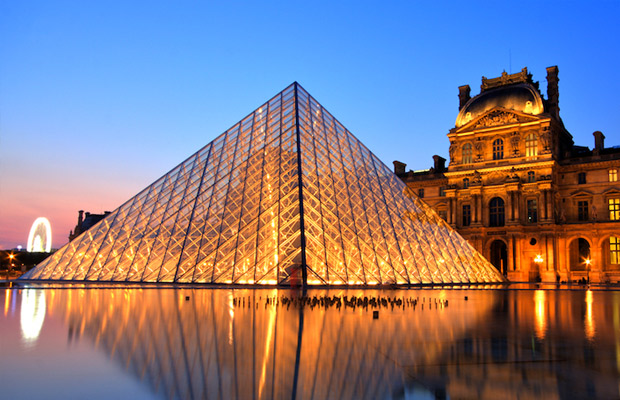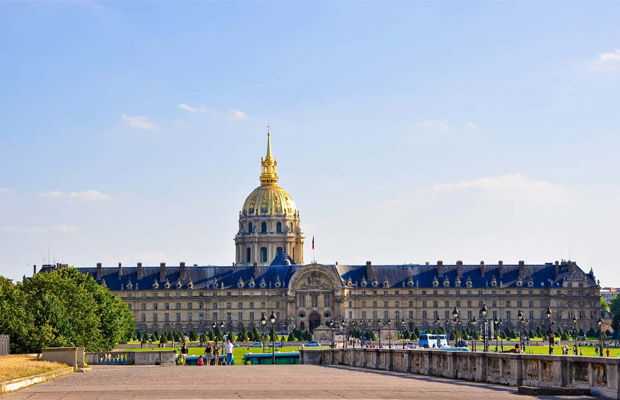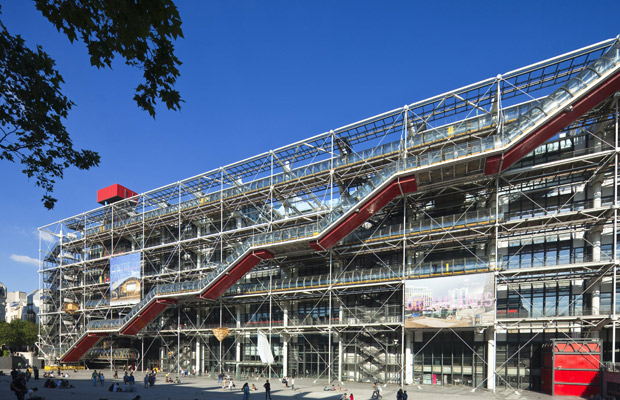Palais Garnier
Palais Garnier
France
Paris
Paris Travel Guide
Book Tour & Activities
Your tour in Paris.
Book your stay
Your hotel in Paris.
Overview
The Palais Garnier or Opéra Garnier, is a 1,979-seat opera house at the Place de l'Opéra in the 9th arrondissement of Paris, France. It was built for the Paris Opera from 1861 to 1875 at the behest of Emperor Napoleon III.
Initially referred to as "le nouvel Opéra de Paris", it soon became known as the Palais Garnier, "in acknowledgment of its extraordinary opulence" and the architect Charles Garnier's plans and designs, which are representative of the Napoleon III style. It was the primary theatre of the Paris Opera and its associated Paris Opera Ballet until 1989, when a new opera house, the Opéra Bastille, opened at the Place de la Bastille. The company now uses the Palais Garnier mainly for ballet. The theatre has been a monument historique of France since 1923. The Palais Garnier has been called "probably the most famous opera house in the world, a symbol of Paris like Notre Dame Cathedral, the Louvre, or the Sacré Coeur Basilica." This is at least partly due to its use as the setting for Gaston Leroux's 1910 novel The Phantom of the Opera and, especially, the novel's subsequent adaptations in films and the popular 1986 musical.
Dimensions and technical details
The Palais Garnier is 56 metres (184 ft) from ground level to the apex of the stage flytower; 32 metres (105 ft) to the top of the facade.
The building is 154.9 metres (508 ft) long; 70.2 metres (230 ft) wide at the lateral galleries; 101.2 metres (332 ft) wide at the east and west pavilions; 10.13 metres (33.2 ft) from ground level to bottom of the cistern under the stage.
The structural system is made of masonry walls; concealed iron floors, vaults, and roofs.
Address: Place de l'Opéra, 75009 Paris, France
Construction started: August 1861
Construction cost: 36,010,571.04 francs; (as of 20 November 1875)
Architectural styles: Beaux-Arts architecture, Baroque Revival architecture, Second Empire architecture in Europe
Architect: Charles Garnier
Video Travel Inspiration
See Palais Garnier on Map
Most Popular Cities

Siem Reap
Cambodia
Ho Chi Minh City
Vietnam
Beijing
China
Paris
France
London
United Kingdom
New York
USA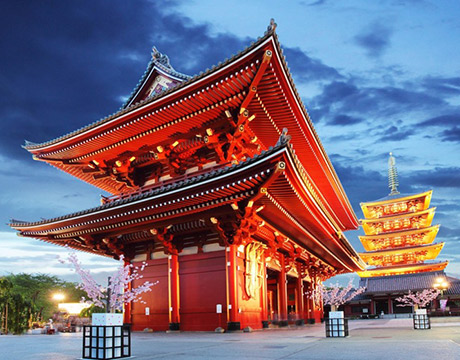
Tokyo
Japan
Bangkok
Thailand
Seoul
South Korea
Vientiane
Laos
Yangon
Myanmar
Washington DC
USA
Los Angeles
USA
Ottawa
Canada
New Delhi
India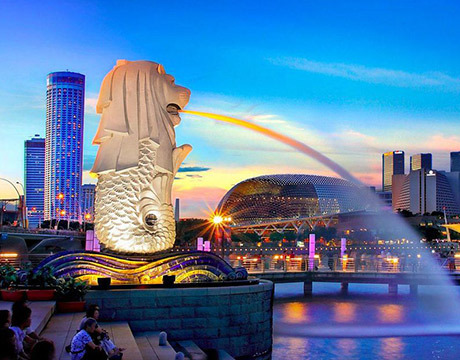
Singapore
Singapore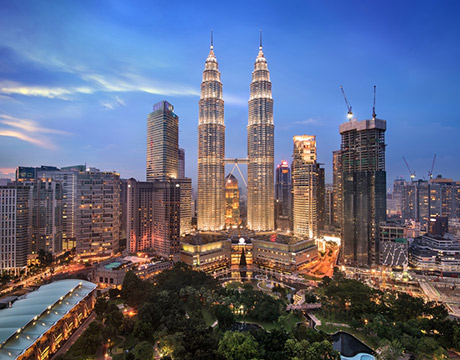
Kuala Lumpur
Malaysia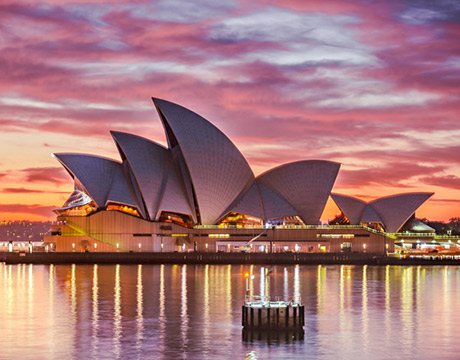
 English
English French
French Khmer
Khmer Thai
Thai Vietnamese
Vietnamese Chinese
Chinese Korean
Korean German
German Japanese
Japanese Italian
Italian Russian
Russian Spanish
Spanish Dutch
Dutch Indonesian
Indonesian Malay
Malay
